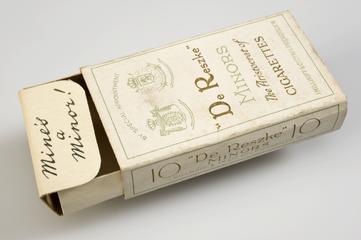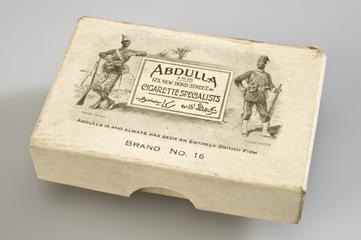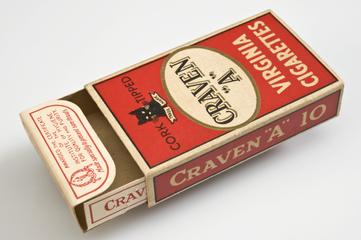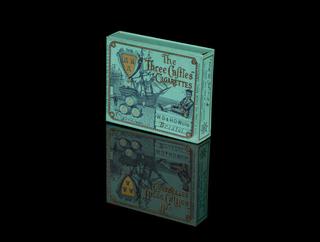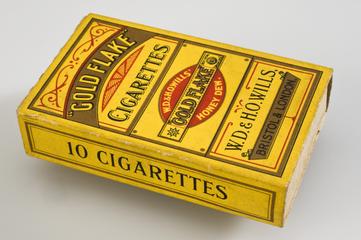
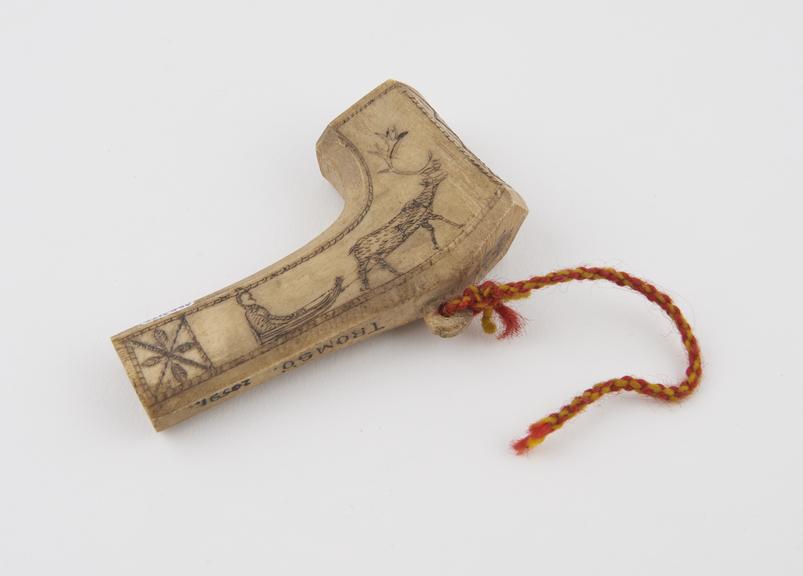
Curved reindeer tobacco pipe bowl, apparently an article of tourist interest, painted on it ‘Tromso 1895 A.J.C’, with incised zig-zag ornaments and on one side a reindeer pulling a sledge in which a man is seated, Sámi, Norway, 1880-1894
For the Sámi, the Indigenous people of northern Norway, Sweden, Finland, and the Russian Kola Peninsula, handicrafts have for centuries been a substantial part of culture, identity, and livelihood. In Northern Sámi language, these handicrafts are called ‘duodji’.
Originally hunters and gatherers, the Sámi have been herding domesticated reindeer since the 17th century. Until the colonial rule forced them to settle down, they led a nomadic life and moved their herds from winter to summer grazing lands, following the changes of the seasons.
Using materials from nature, such as roots and birch bark, as well as reindeer horn, sinew, and skin, they manufactured all their clothes, gear, and tools themselves. Later, traded products like silver, cloth, and tin thread were added. Every item in possession fulfilled a purpose and was adapted to life on the move. Often, items that were used in everyday life, such as knives, needle holders, or tobacco pouches, were carried on a belt that is part of the traditional Sámi clothing.
This tobacco pipe bowl is made from reindeer horn and incised with Sámi ornaments, as well as a reindeer pulling a sledge. Sámi ornaments are not just used for decoration purposes. Varying from region to region, they can provide information such as the artist’s or owner’s gender, marital status, or where they come from. Like this piece of ‘duodji’, which seems to be an article of tourist interest, handicrafts weren’t only manufactured for personal use, but also sold or traded for other goods.
‘Duodji’ has changed over time but is still an important part of Sámi heritage that is actively practiced and the basis of many Sámi artists’ businesses and livelihoods. It is passed on from generation to generation, but also taught at schools and can be studied at universities or in apprenticeships.
Details
- Category:
- Smoking
- Collection:
- Sir Henry Wellcome's Museum Collection
- Object Number:
- A683178
- Materials:
- horn and incomplete
- Measurements:
-
bowl: 55 mm x 93 mm x 23 mm,
- type:
- tobacco pipe
